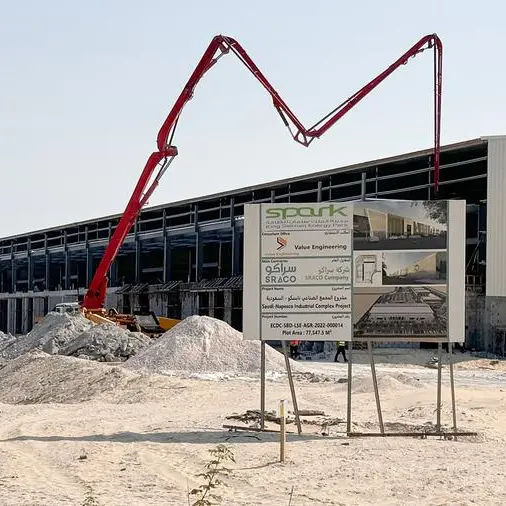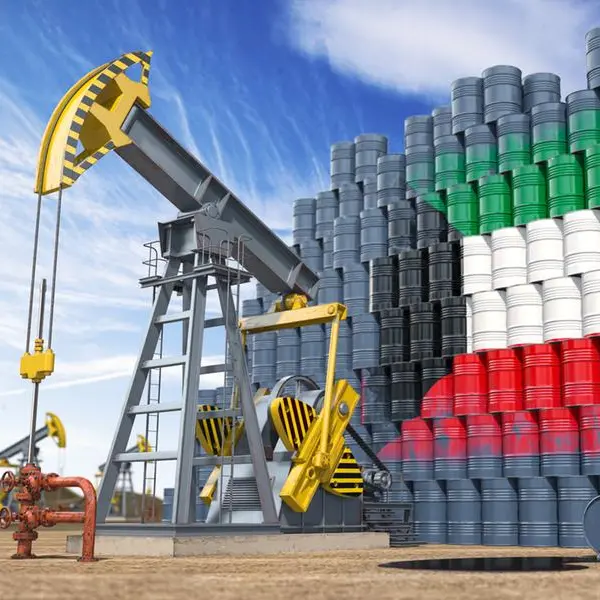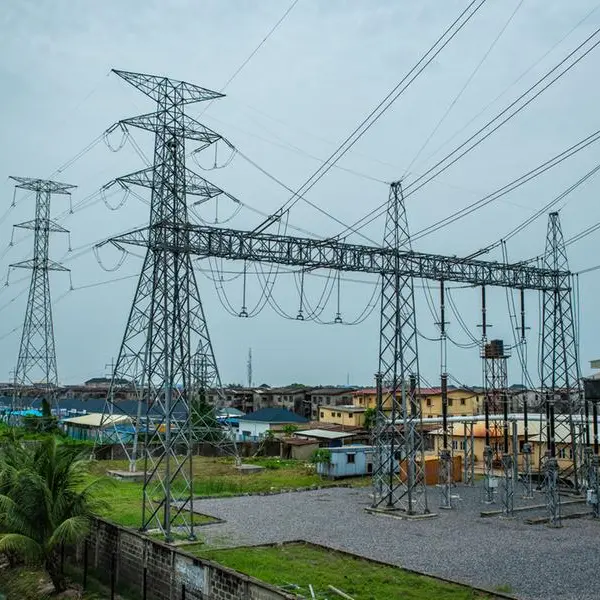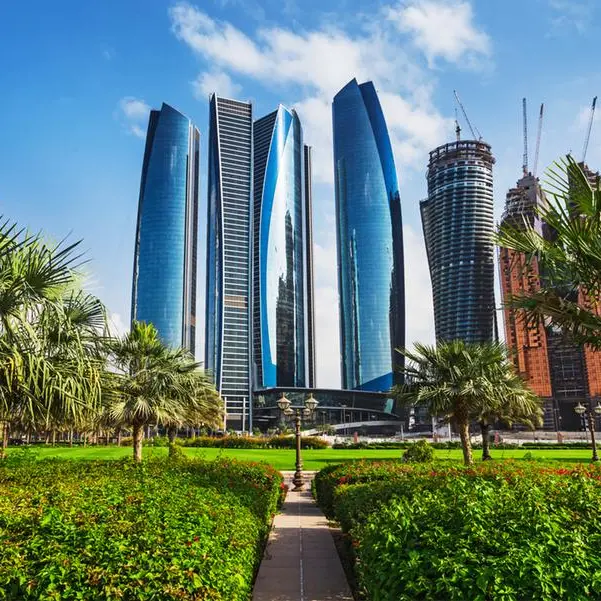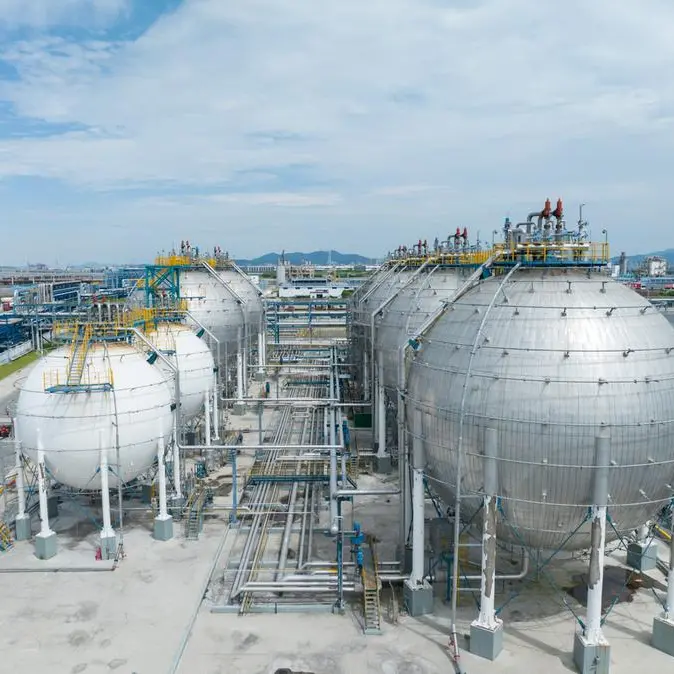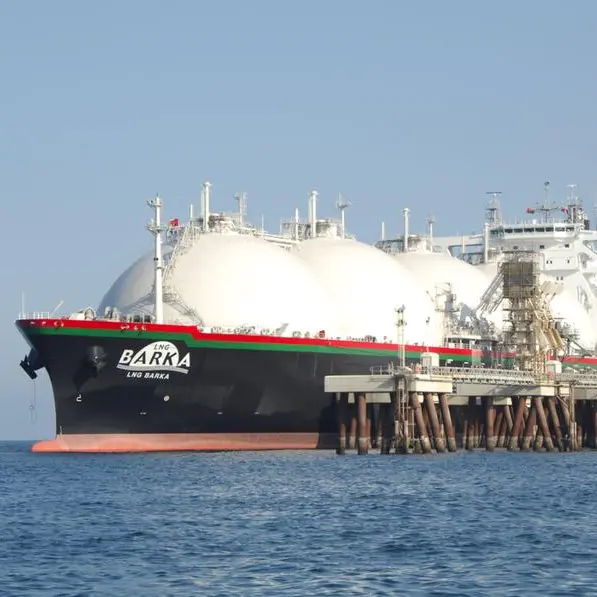PHOTO
MUSCAT: Majority state-owned Petroleum Development Oman (PDO), the biggest oil and gas producer of the Sultanate of Oman, plans to ramp up oil production to over 700,000 barrels of oil per day (bopd) in the medium term, with the ultimate goal to lift output to 800,000 bopd.
This compares with a present production of 650,000–660,000 bopd of oil, in addition to over 100,000 barrels of oil equivalent per day (boepd) of condensate and 60 million cubic metres (equivalent to around 2.12 billion cubic feet) per day of gas.
The new production targets are necessary to sustain oil export revenues that the Omani economy is dependent on, said Steve Phimister, PDO Managing Director.
“Our medium-term target for oil production is to reach well above 700,000 bopd and to potentially move towards 800,000 bopd, a significant increase that will be achieved whilst at the same time halving emissions by 2030,” Phimister said in an interview featured in The Energy Year (formerly The Oil & Gas Year), a leading UK-based news portal focused on the energy sector.
According to Phimister, the hydrocarbon industry accounted for around 85 per cent of Oman’s revenue base in 2022 – a significant contribution that the sector must sustain to support the nation’s ongoing economic diversification. At the same time, the sector is committed to decarbonizing its activities in line with the government’s target to achieve Net Zero emissions by 2050 – a commitment shared by PDO as well, he stressed.
Accordingly, PDO has set out to “build a sustainable low-carbon future to maximise value for Oman,” the Managing Director said. “The strategy to deliver that purpose has five key pillars, namely: cost competitiveness, carbon competitiveness, sustainable hydrocarbon growth, revenue diversification and supporting infrastructure (power, oil evacuation, water) ownership and operatorship,” he stated.
Importantly, investments in renewables will play a key part in the energy company’s drive to decarbonize its largely gas and diesel-fired power generation assets, which account for over 60 per cent of its emissions. To this end, around 400 MW of new renewables capacity is planned for development over the next 3 – 4 years aimed at bolstering the share of green energy from around 10 per cent of the 1.6 gigawatt (GW) of total generation capacity to 35 per cent by 2026 and 50 per cent by 2030.
“The full roadmap contains a range of projects including energy efficiency, flaring reduction (PDO will have zero routine flaring before 2030), fugitive methane elimination (PDO is signatory to the Oil & Gas Methane Partnership 2.0 and the Aiming for Zero Methane Emissions Initiative), water disposal projects, CCUS, LCF (low-carbon fuel) and NBS (nature-based solutions),” Phimister explained.
As many as 150 emission-reduction projects are being carried out this year as part of a goal to halve emissions from the company’s 2019 baseline of 12 million tonnes per year of CO2 equivalent to 6 million tonnes by 2030.
Affirming PDO’s commitment to its dual objective of growing its business while at the same time adhering to Net Zero goals, the Managing Director added: “Cost and carbon competitiveness are essential today and will remain so in the future, and our strategy to grow the business sustainably pulls these levers strongly together with technology enhancements and applications to move production towards 800,000 bopd whilst halving emissions.”
2022 © All right reserved for Oman Establishment for Press, Publication and Advertising (OEPPA) Provided by SyndiGate Media Inc. (Syndigate.info).

